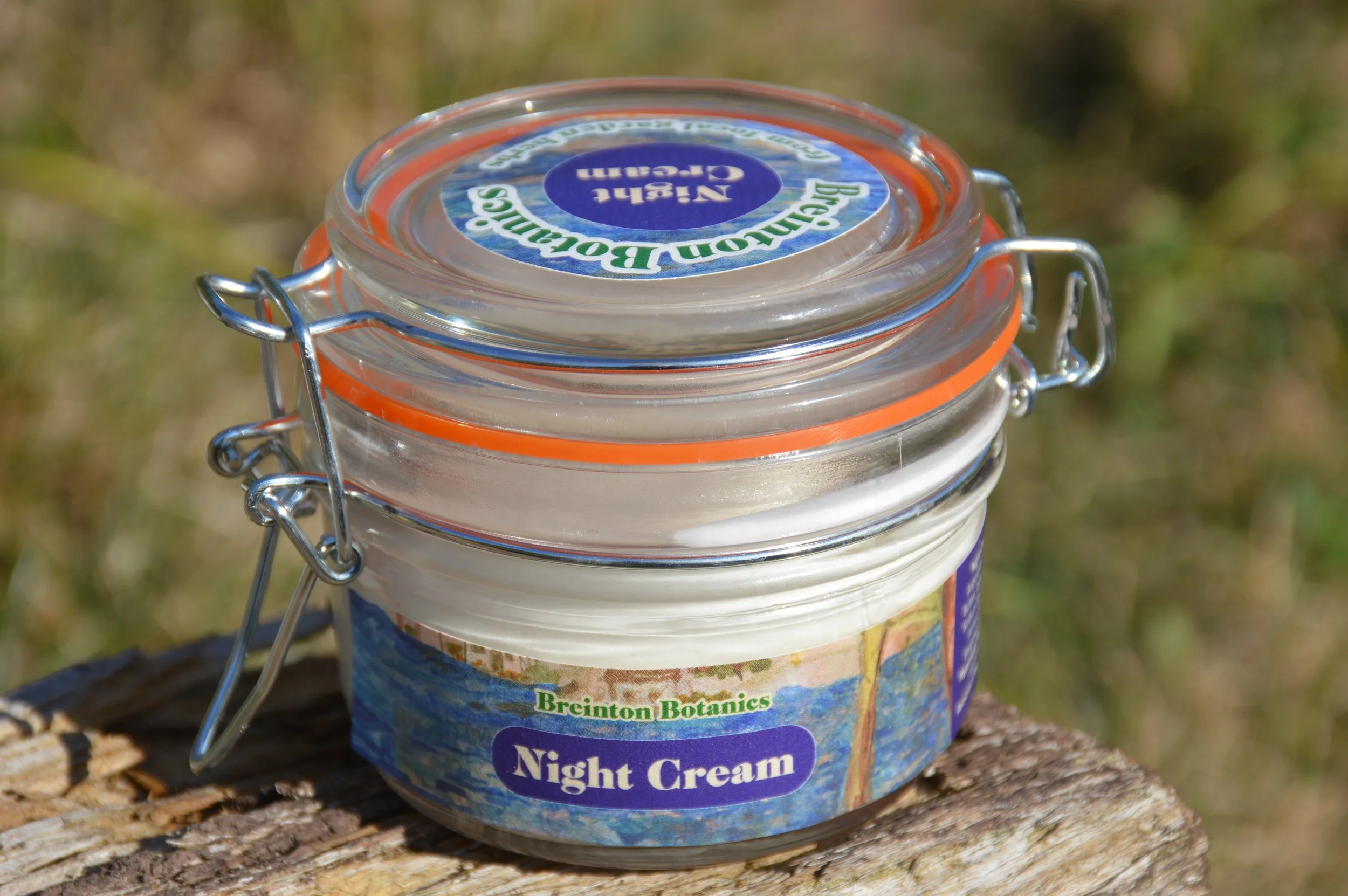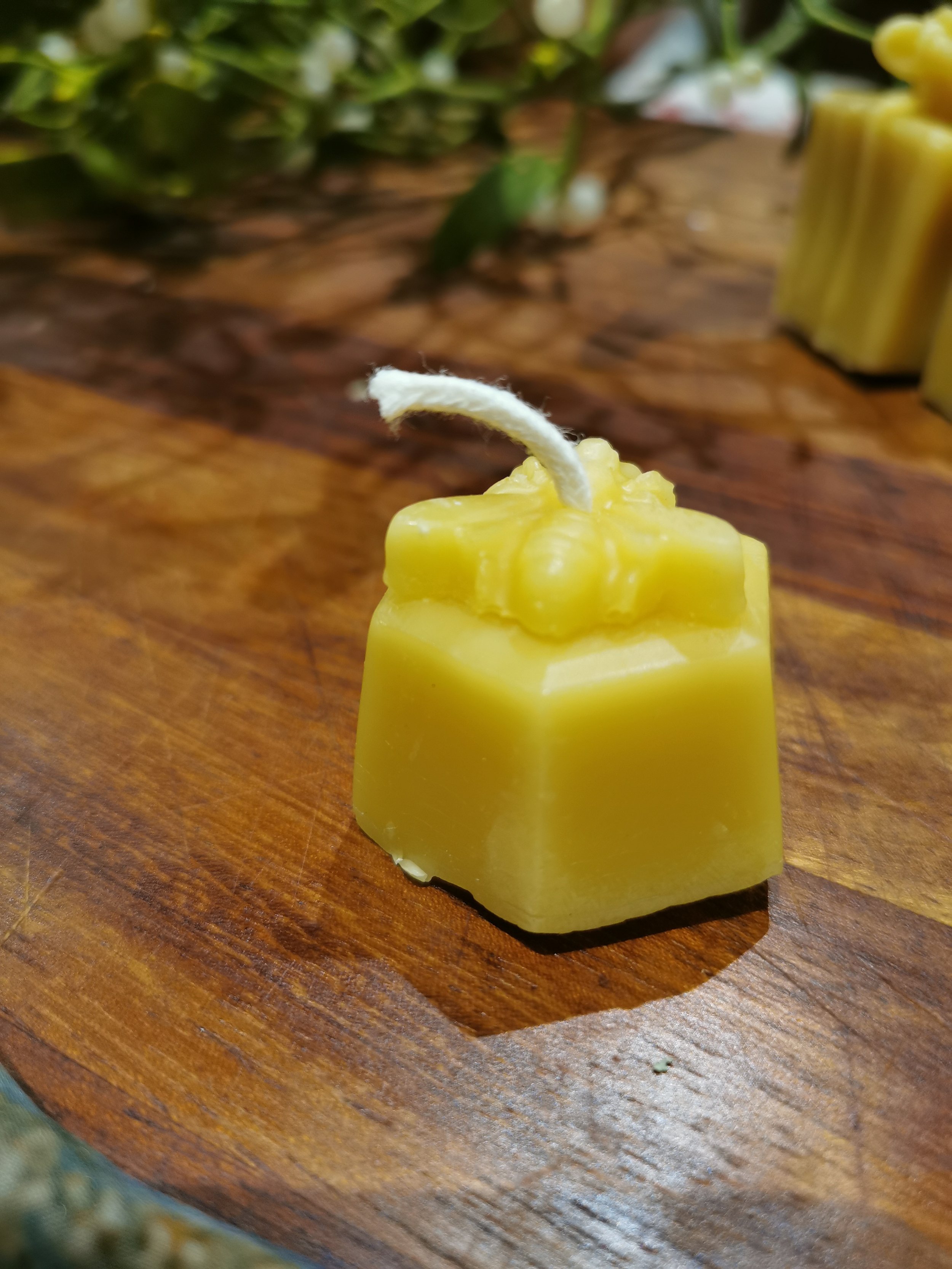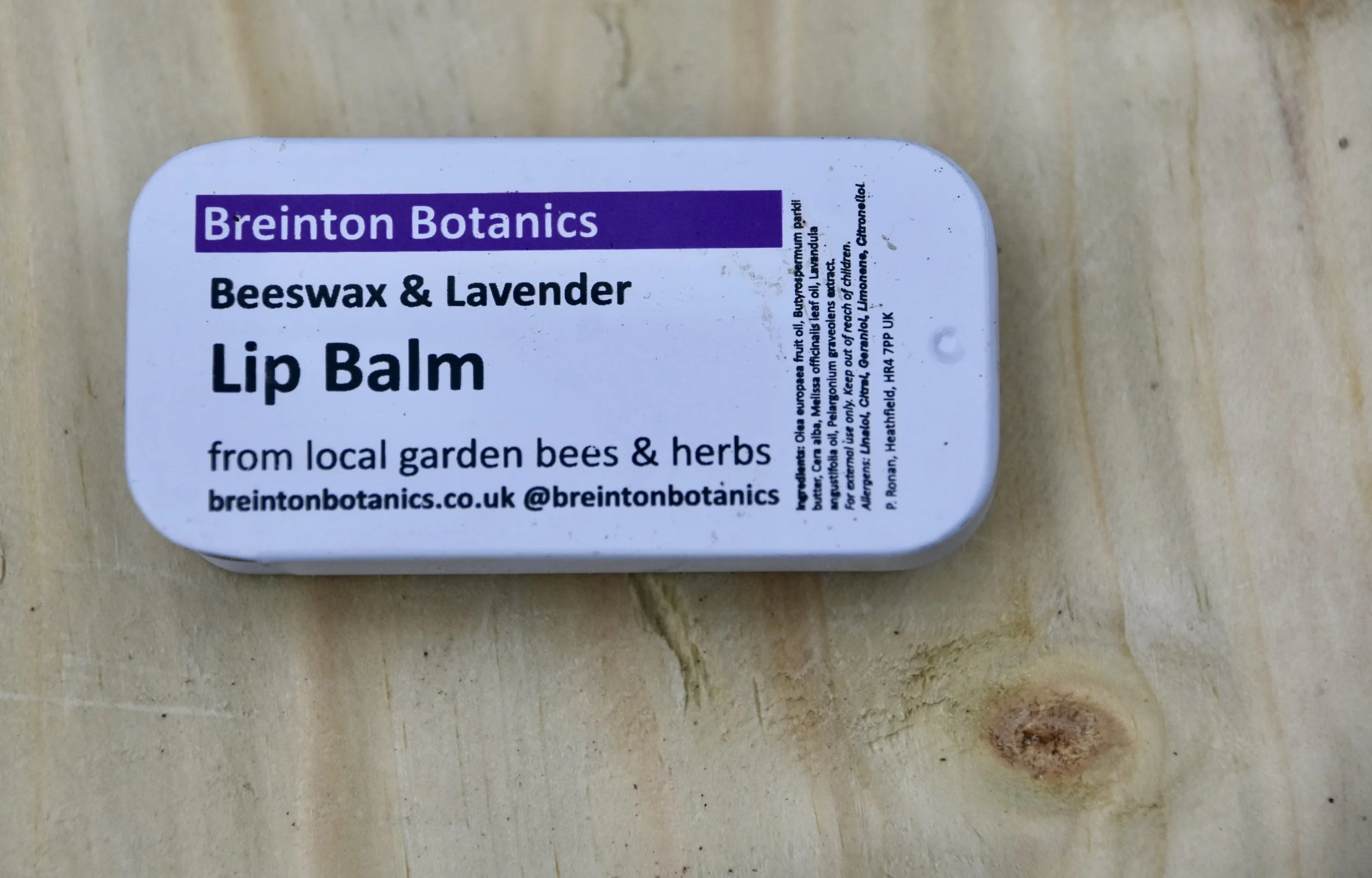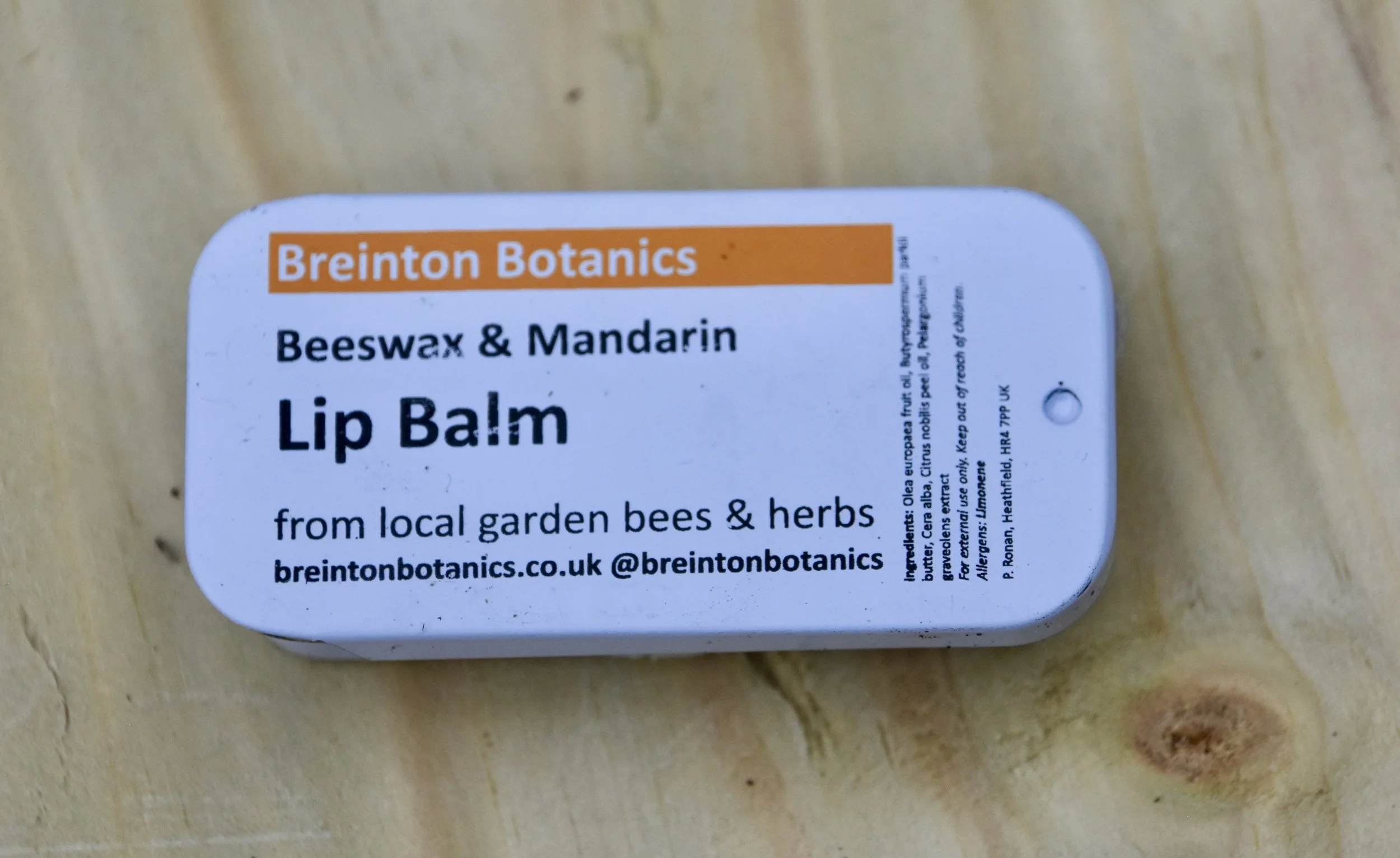 Image 1 of 46
Image 1 of 46

 Image 2 of 46
Image 2 of 46

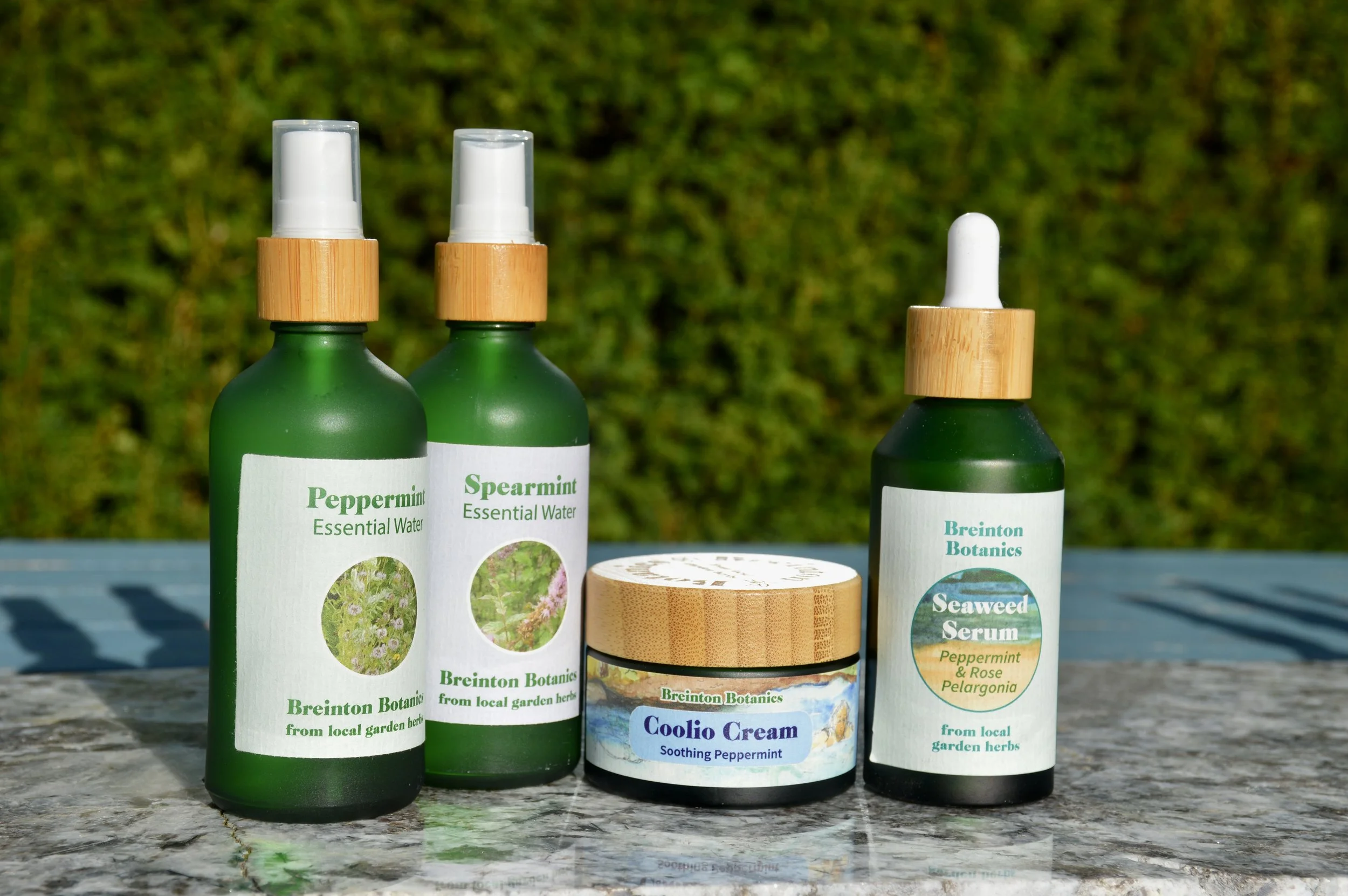 Image 3 of 46
Image 3 of 46

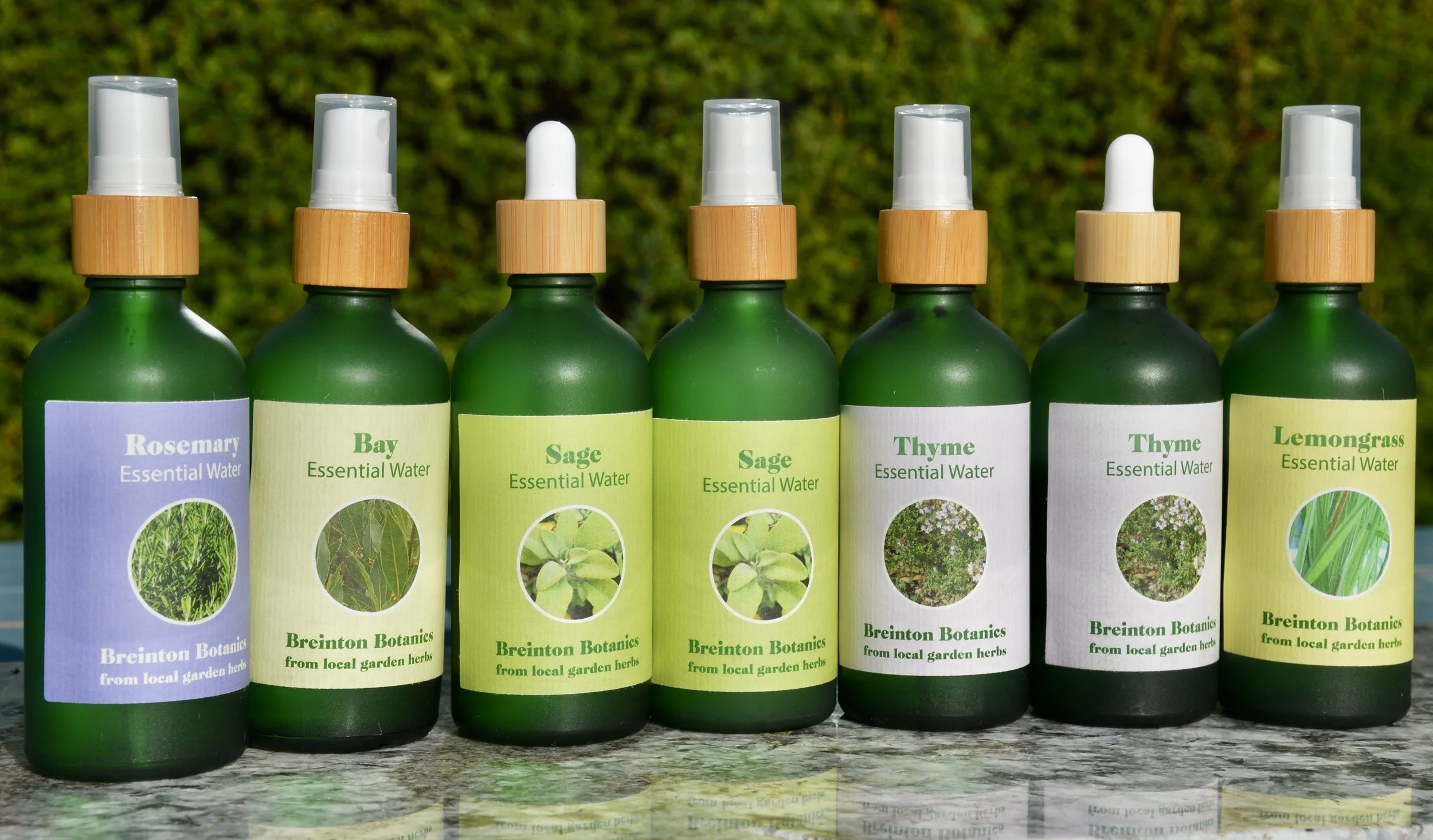 Image 4 of 46
Image 4 of 46

 Image 5 of 46
Image 5 of 46

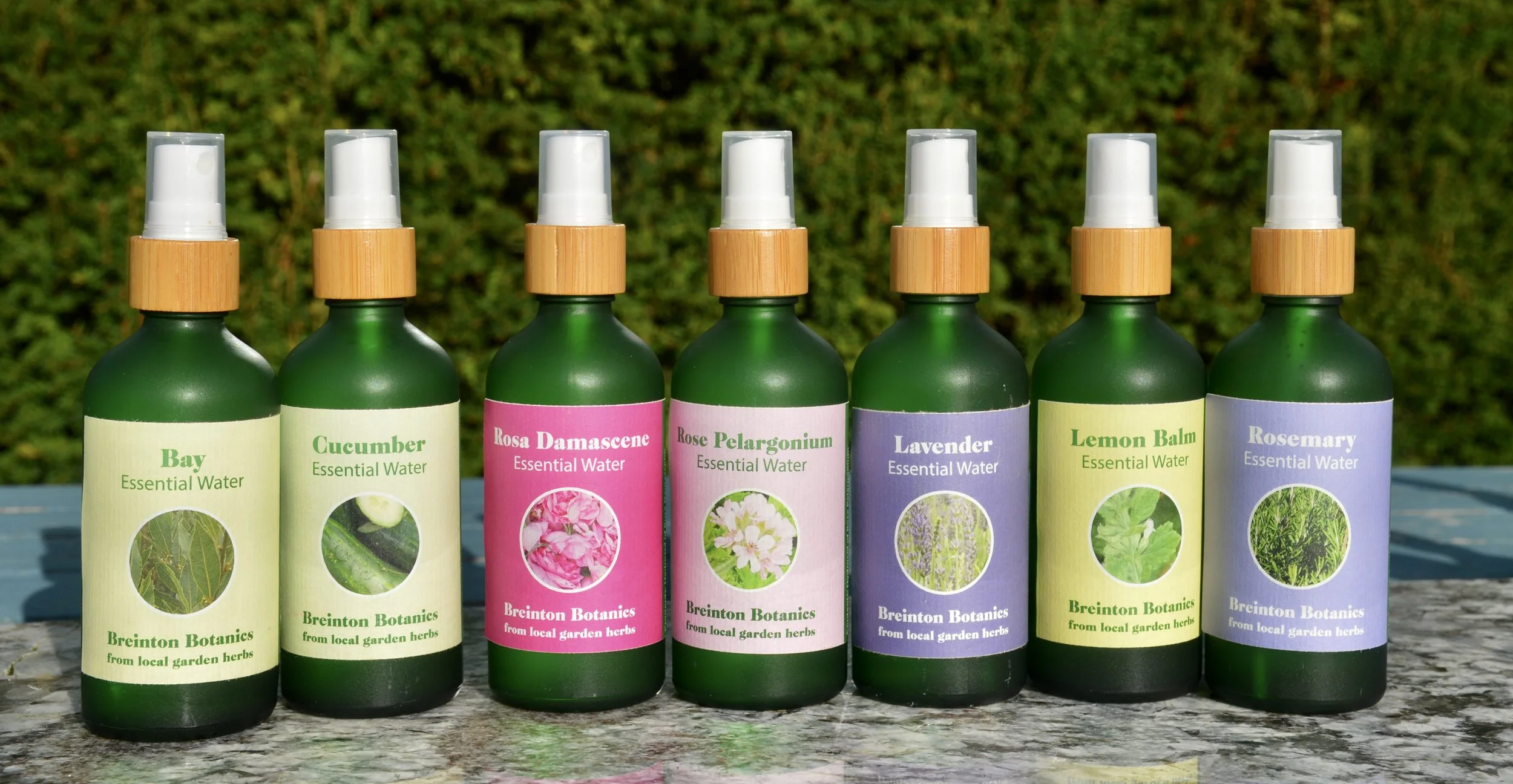 Image 6 of 46
Image 6 of 46

 Image 7 of 46
Image 7 of 46

 Image 8 of 46
Image 8 of 46

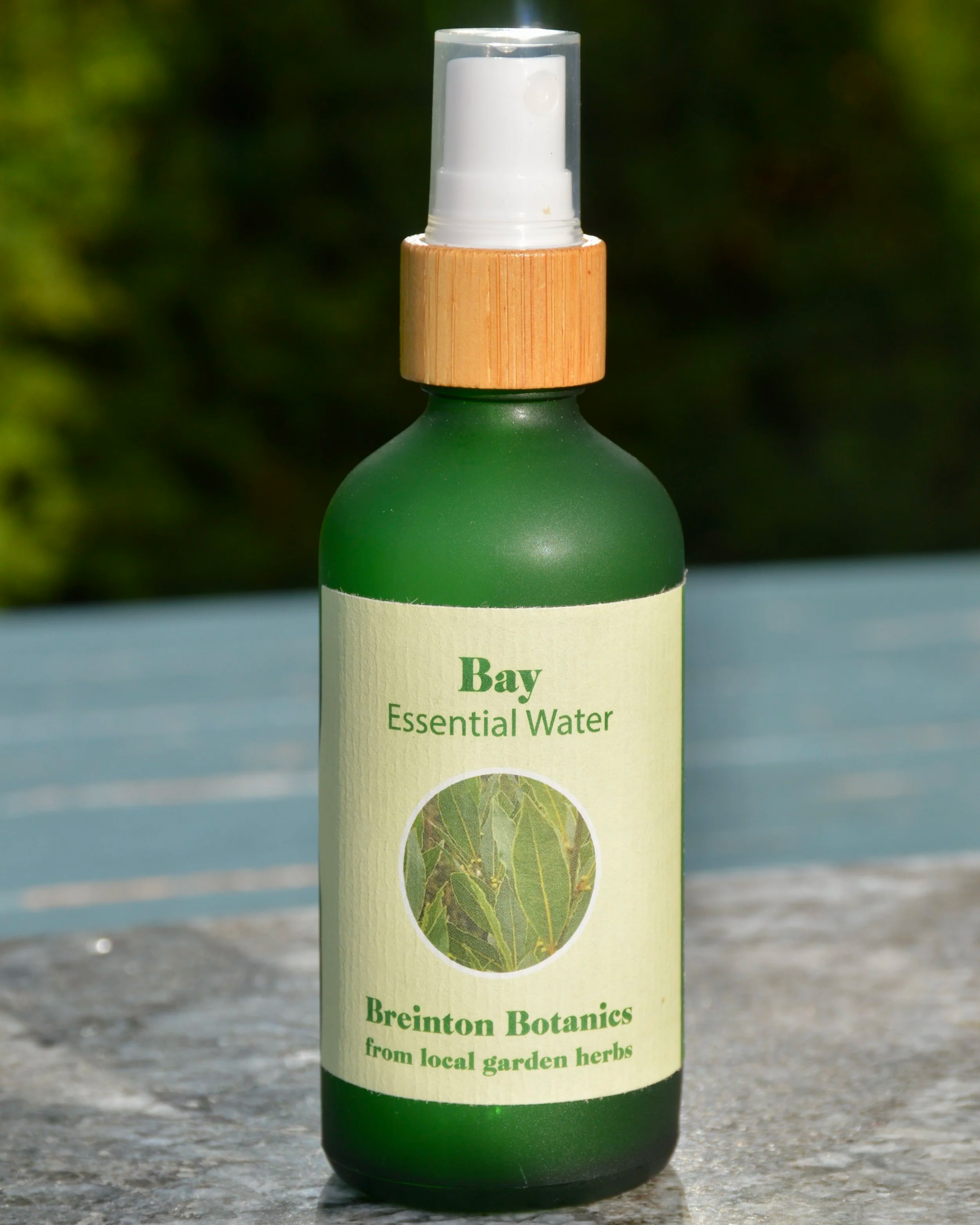 Image 9 of 46
Image 9 of 46

 Image 10 of 46
Image 10 of 46

 Image 11 of 46
Image 11 of 46

 Image 12 of 46
Image 12 of 46

 Image 13 of 46
Image 13 of 46

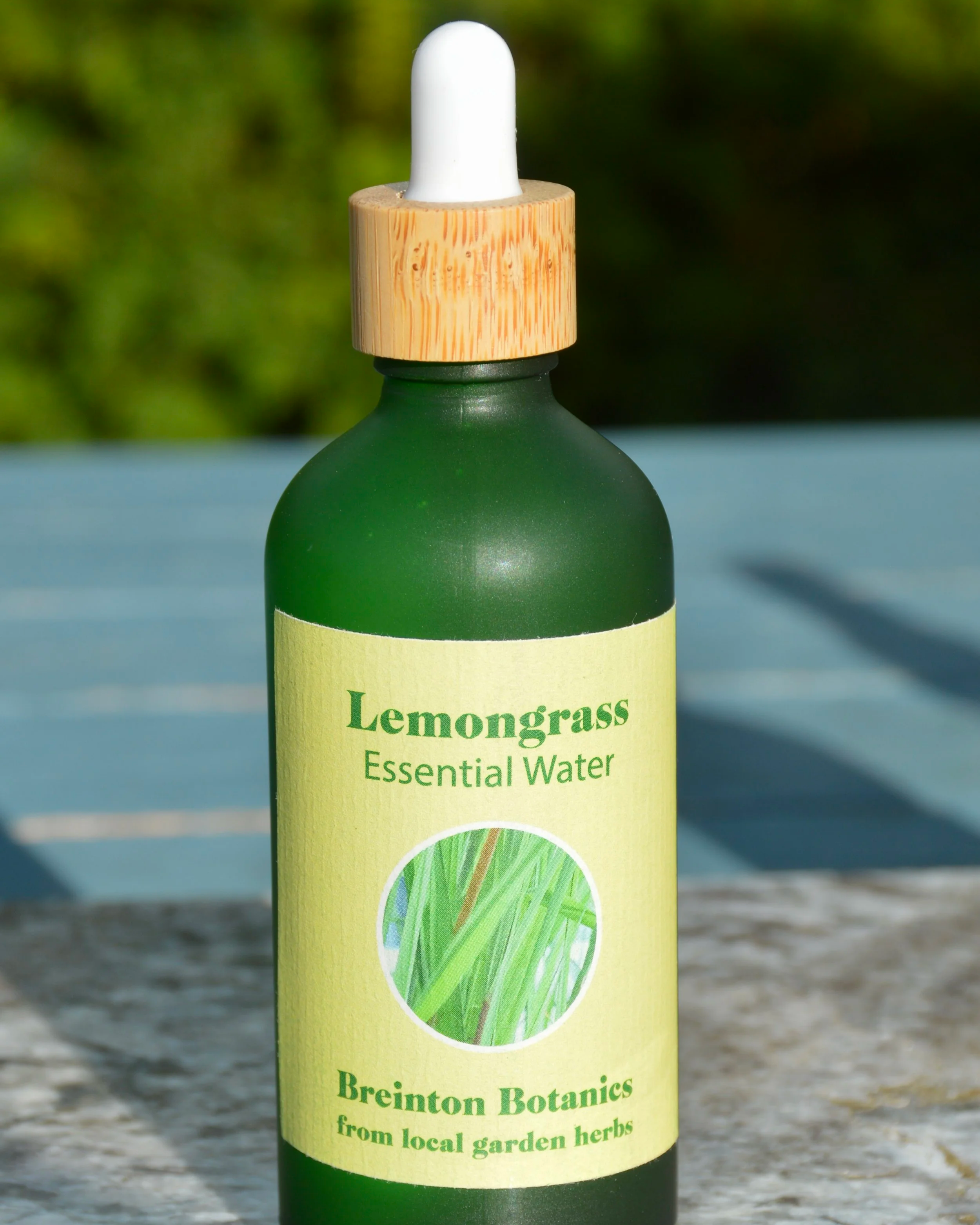 Image 14 of 46
Image 14 of 46

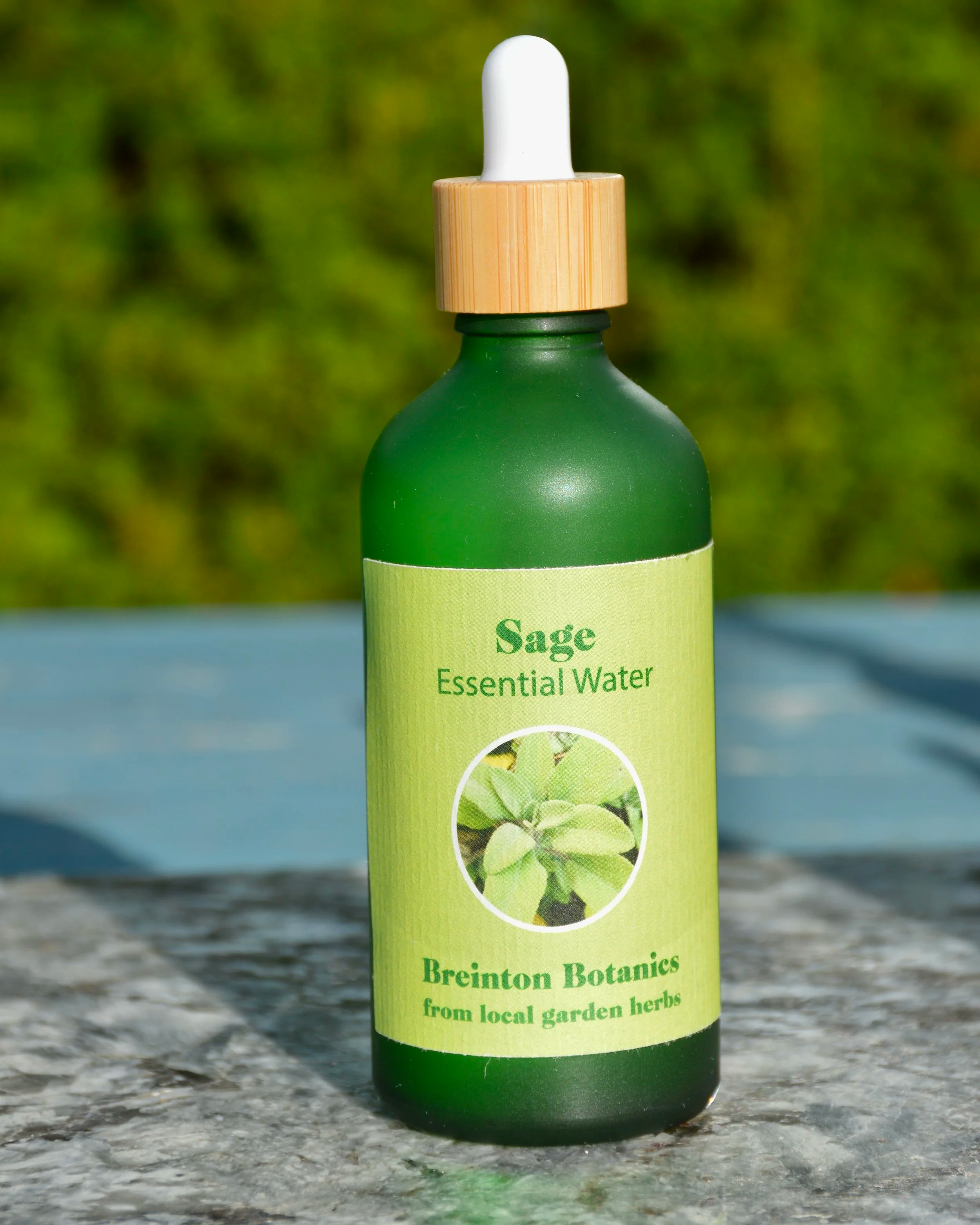 Image 15 of 46
Image 15 of 46

 Image 16 of 46
Image 16 of 46

 Image 17 of 46
Image 17 of 46

 Image 18 of 46
Image 18 of 46

 Image 19 of 46
Image 19 of 46

 Image 20 of 46
Image 20 of 46

 Image 21 of 46
Image 21 of 46

 Image 22 of 46
Image 22 of 46

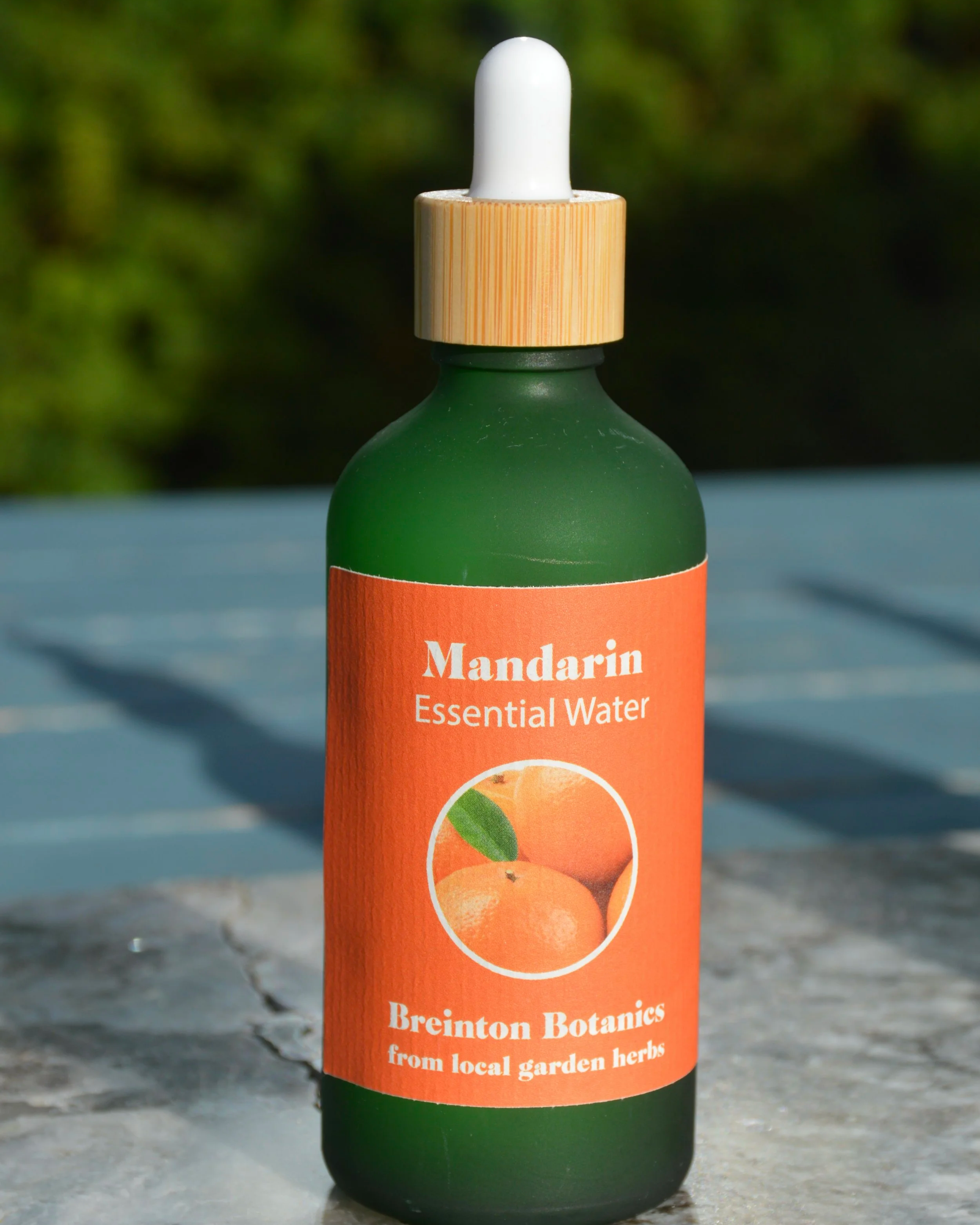 Image 23 of 46
Image 23 of 46

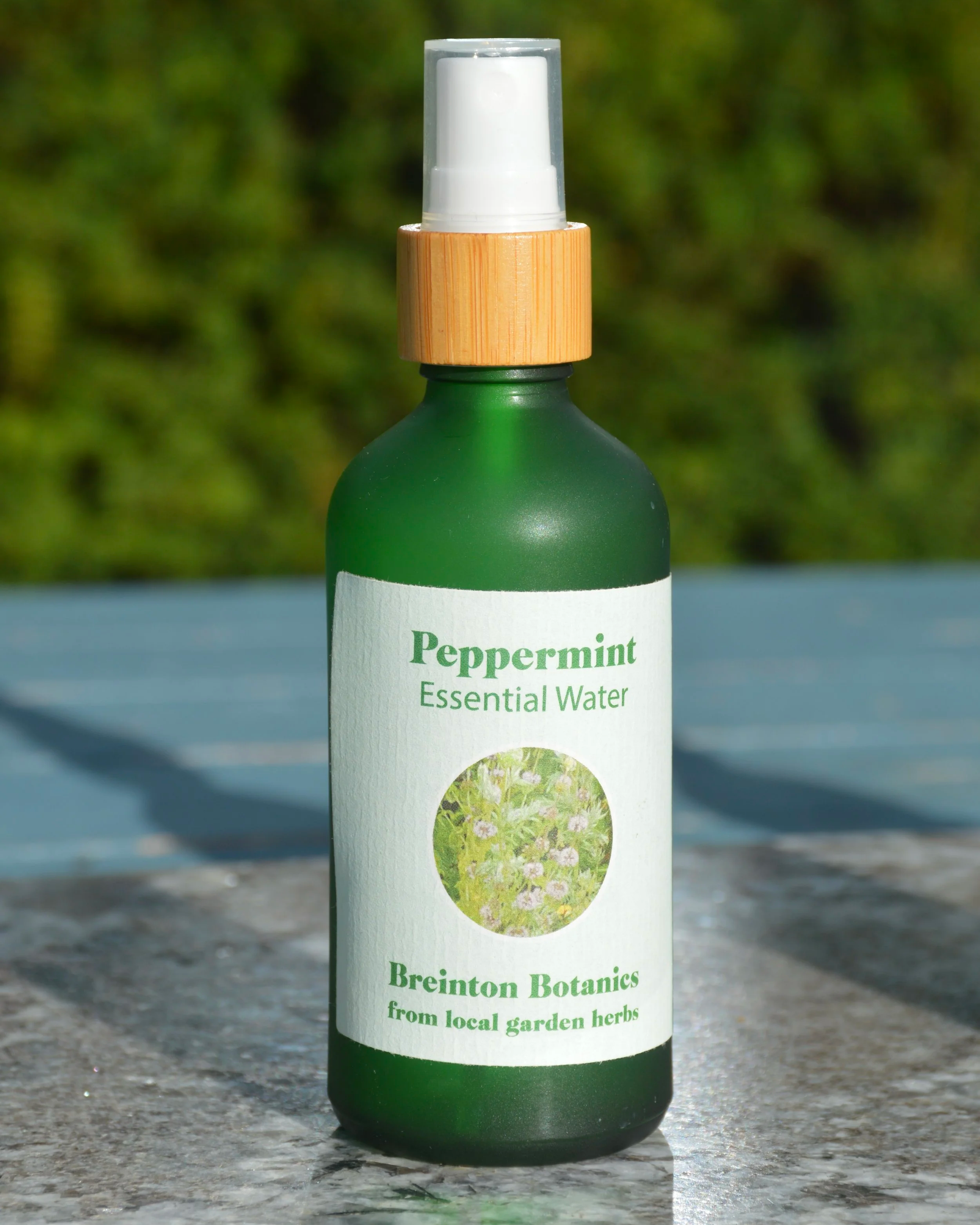 Image 24 of 46
Image 24 of 46

 Image 25 of 46
Image 25 of 46

 Image 26 of 46
Image 26 of 46

 Image 27 of 46
Image 27 of 46

 Image 28 of 46
Image 28 of 46

 Image 29 of 46
Image 29 of 46

 Image 30 of 46
Image 30 of 46

 Image 31 of 46
Image 31 of 46

 Image 32 of 46
Image 32 of 46

 Image 33 of 46
Image 33 of 46

 Image 34 of 46
Image 34 of 46

 Image 35 of 46
Image 35 of 46

 Image 36 of 46
Image 36 of 46

 Image 37 of 46
Image 37 of 46

 Image 38 of 46
Image 38 of 46

 Image 39 of 46
Image 39 of 46

 Image 40 of 46
Image 40 of 46

 Image 41 of 46
Image 41 of 46

 Image 42 of 46
Image 42 of 46

 Image 43 of 46
Image 43 of 46

 Image 44 of 46
Image 44 of 46

 Image 45 of 46
Image 45 of 46

 Image 46 of 46
Image 46 of 46















































Hydrosol
Hydrosols are the water part of the distillation when essential oil is taken. The oil normally sits on top of the water, but there will be a tiny amount of oil remaining in the water. Apart from this oil, in a primary distillation, scientists have found that the water contains most of the same properties as the oil. This makes it a much more versatile way of accessing the intense properties from a distilled plant.
I use hydrosols for many purposes. They have been a great discovery over the past few years. I use them in creams and soaps, cooking and drinks, as a longer lasting and cheaper way to run the diffuser, medicinally when I am unwell, as a moth deterrant, and for many more purposes.
Here are a few examples of how other people who have bought my hydrosols have used them to good effect:
Rosemary - for thinning hair
Peppermint - for hayfever (cools the eyes when sprayed on the face and blinked into the eyes in small amounts)
Spearmint - for itchy warts
Bay - blended with soapwort decoction as soap alternative for psoriasis
Lavender - drunk as an anti-viral when unwell and to aid sleep
Orange - in a gin and tonic to give extra zest
Lemon - to enhance the zest in a lemon drizzle cake
Sage - as an anti-fungal for feet
Rose pelargonium - as a cleanser for the face
Far superior to commercial hydrosols, I only use primary steam distillations, with no chemical additions to increase yield. Normally supplied in a screw top spray bottle. Alternaive tops (pipettes, dropper caps) are available, as well as larger refill bottles.
For more information about some of the specific properties of hydrosols click here and here, and look at the information on the properties of the relevant essential oil or plant.
Hydrosols are the water part of the distillation when essential oil is taken. The oil normally sits on top of the water, but there will be a tiny amount of oil remaining in the water. Apart from this oil, in a primary distillation, scientists have found that the water contains most of the same properties as the oil. This makes it a much more versatile way of accessing the intense properties from a distilled plant.
I use hydrosols for many purposes. They have been a great discovery over the past few years. I use them in creams and soaps, cooking and drinks, as a longer lasting and cheaper way to run the diffuser, medicinally when I am unwell, as a moth deterrant, and for many more purposes.
Here are a few examples of how other people who have bought my hydrosols have used them to good effect:
Rosemary - for thinning hair
Peppermint - for hayfever (cools the eyes when sprayed on the face and blinked into the eyes in small amounts)
Spearmint - for itchy warts
Bay - blended with soapwort decoction as soap alternative for psoriasis
Lavender - drunk as an anti-viral when unwell and to aid sleep
Orange - in a gin and tonic to give extra zest
Lemon - to enhance the zest in a lemon drizzle cake
Sage - as an anti-fungal for feet
Rose pelargonium - as a cleanser for the face
Far superior to commercial hydrosols, I only use primary steam distillations, with no chemical additions to increase yield. Normally supplied in a screw top spray bottle. Alternaive tops (pipettes, dropper caps) are available, as well as larger refill bottles.
For more information about some of the specific properties of hydrosols click here and here, and look at the information on the properties of the relevant essential oil or plant.

